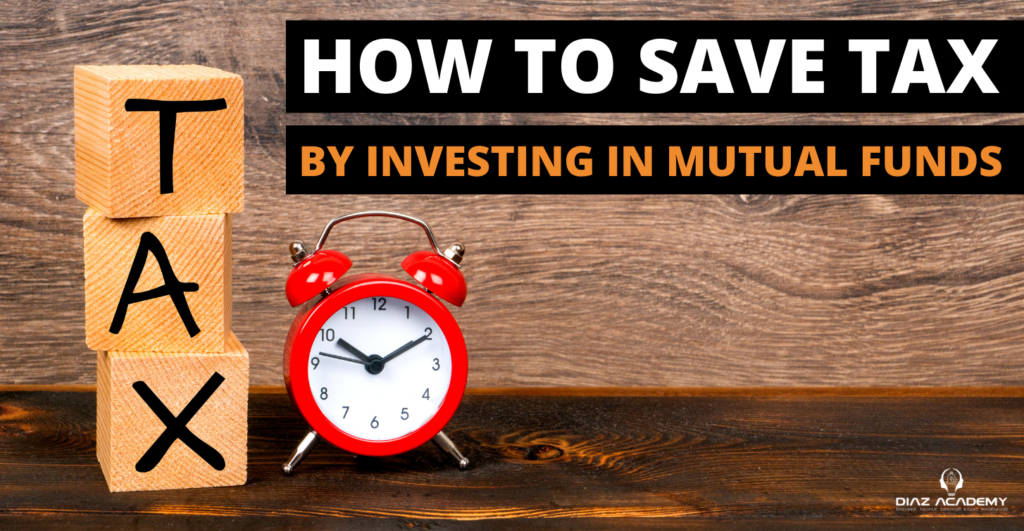What if I told you that you could build long-term wealth while receiving tax benefits? Traditional financial instruments with long lock-in periods may come to mind. However, there are other tax-saving instruments with a shorter investment horizon that may provide you with high potential returns.
What is ELSS (Equity Linked Savings Scheme)?
Simply put, an ELSS is a mutual fund that invests in stocks and is eligible for tax deductions under the Income Tax Act of 1961. ELSS mutual funds are open-ended equity-oriented schemes that invest primarily in domestic company shares and generate growth for investors through capital appreciation. The returns on ELSS funds are linked to the performance of the stock market. To get tax deductions, you must invest in ELSS funds for a minimum of three years.
ELSS funds are classified as follows:
Growth option: The ELSS growth option can help in the creation of wealth for a long term. It has more tax efficiency than dividend option and you can withdraw the fund anytime after its 3 years lock-in period.
Dividend option: The dividend option in an ELSS provides investors with dividend income over the course of the scheme. As an investor, you have the option of receiving payouts or reinvesting dividends whenever the fund declares them.
The Tax Advantages of Investing in ELSS
Under Section 80C of the Income Tax Act of 1961, ELSS mutual funds allow you to save tax. Annual tax deductions are available for investments up to Rs. 150,000. Although you can invest more, any excess funds will not be deductible.
If the total long-term capital gains amount from equity-oriented mutual funds/equity shares in a year exceeds Rs.1,00,000 the returns generated by ELSS funds are subject to a 10% long-term capital gains tax. Dividends are taxable in the hands of the investors if you choose the dividend option. Despite this, ELSS funds are one of the best tax-saving investment options due to their high return probability and lower lock-in period when compared to other alternatives.
How Should You Invest in ELSS?
You can invest through lump sum or choose a Systematic Investment Plan, just like with other mutual fund schemes (SIPs). If you choose SIP, keep in mind that each SIP is treated as a separate investment and thus has a three-year lock-in period. SIP calculator can be used by investors to calculate and estimate the returns on their SIP investment.
Things to consider while investing in ELSS:
Before investing in ELSS tax-saving mutual funds, there are a few things you should consider:
Goals: Explain why you want to invest in ELSS funds. In addition to tax savings, the returns can help you meet other objectives such as retirement, going on vacation, or purchasing a vehicle.
Risk: Because ELSS funds invest primarily in equities, they are risky investments. Returns cannot be guaranteed. As a result, make sure you have the risk tolerance to invest in them and at the same time, you should prefer long-term investment.
Tax exemption: Under Section 80C of the Income Tax Act, ELSS investments are eligible for up to Rs.1,50,000 tax deductions per year. However, other options such as provident funds and life insurance policies are included in this section. If you have other claims, you may not be able to deduct the entire ELSS amount as a tax deduction, because the total deduction available U/S 80C is up to Rs. 1,50,000.
Time horizon: For at least three years, ELSS funds cannot be redeemed. Make sure that you will not require the funds during that time.
Conclusion
Equity-linked savings plans are one of the best options for building wealth while saving taxes. It is more suitable for salaried persons and businessmen with a plan of saving the tax and also for fulfilling their retirement goals through long-term wealth creation by investing in the ELSS Fund.

